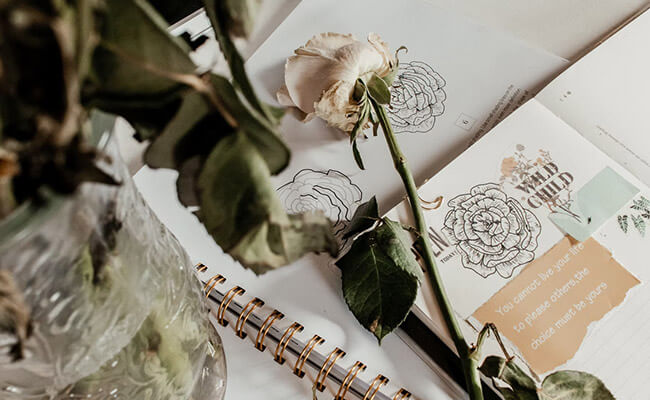What is the Copy Paste Aesthetic?

As the internet continues to shape our culture and influence the way we create and consume art, a new aesthetic has emerged: the Copy Paste Aesthetic. This aesthetic is characterized by the use of digital tools to manipulate and remix existing images, videos, and other media into new works of art. It is a reflection of our increasingly interconnected world, where information and ideas are constantly being shared and repurposed. In this article, we will explore the history of the Copy Paste Aesthetic, its place in contemporary art, its influence on popular culture, and what the future holds for this fascinating artistic movement.
The History of the Copy Paste Aesthetic
The Copy Paste Aesthetic has a rich history that dates back to the early 20th century. It was during this time that artists began experimenting with collage, a technique that involved cutting and pasting different materials onto a surface to create a new image. This technique allowed artists to break free from traditional forms of art and explore new ways of creating meaning.
In the 1960s, Pop Art emerged as a dominant movement in the art world. Pop artists like Andy Warhol and Roy Lichtenstein embraced the Copy Paste Aesthetic by appropriating images from popular culture and mass media. They used techniques like screen printing and photo montage to create works that were both visually striking and socially critical. The Copy Paste Aesthetic became an important tool for artists who wanted to comment on consumerism, advertising, and the commodification of art itself.
The Aesthetic in Contemporary Art
In contemporary art, the Copy Paste Aesthetic has become a prominent feature in many works. Artists are using digital tools to create collages and montages that combine different elements from various sources. This approach allows artists to explore new ways of creating meaning and expressing themselves.
One example of this can be seen in the work of artist Cory Arcangel, who uses found images and videos from the internet to create his pieces. His work often features a playful and irreverent tone, as he remixes pop culture references with more serious themes. Another artist who utilizes the Copy Paste Aesthetic is Amalia Ulman, whose Instagram-based project “Excellences & Perfections” used social media to explore issues of identity and authenticity.
Overall, the Copy Paste Aesthetic has opened up new possibilities for artists to create works that challenge traditional notions of authorship and originality. By embracing this aesthetic, artists are able to create works that reflect the fragmented nature of our digital world while also exploring new forms of expression.
The Influence of the Aesthetic
The Copy Paste Aesthetic has had a significant influence on contemporary art and design. One of the most notable effects of this aesthetic is the democratization of design. With the availability of digital tools, anyone can create designs that are visually appealing and shareable on social media platforms. This has led to a proliferation of DIY design projects and an increase in accessibility to creative expression.
Furthermore, the Copy Paste Aesthetic has also challenged traditional notions of originality in art. The use of found images, text, and other elements in creating new works blurs the lines between authorship and appropriation. This has sparked debates about intellectual property rights and the ethics of borrowing from other artists’ work.
Overall, the influence of the Copy Paste Aesthetic extends beyond just visual aesthetics; it has also impacted our understanding of creativity, authorship, and ownership in contemporary culture.
The Future of the Aesthetic
As we move further into the digital age, it’s clear that the Copy Paste Aesthetic is here to stay. With the increasing accessibility of technology and software, it’s easier than ever for artists to create work that incorporates this aesthetic. However, as with any trend, there is always the risk of oversaturation and dilution.
Moving forward, it will be interesting to see how artists continue to innovate within the Copy Paste Aesthetic. Will they push boundaries and experiment with new techniques? Or will they fall back on tired tropes and cliches? Only time will tell. One thing is for sure though – this aesthetic has already made a significant impact on contemporary art and culture, and its influence will continue to be felt for years to come.
Conclusion
In conclusion, the Copy Paste Aesthetic is a fascinating phenomenon that has taken the art world by storm. Its origins can be traced back to the early days of digital art and have since evolved into a complex and multifaceted aesthetic that continues to influence contemporary art today. While some may view it as a lazy or unoriginal approach to creating art, others see it as a powerful tool for exploring themes of appropriation, remix culture, and the democratization of art. As we move forward into the future, it will be interesting to see how this aesthetic continues to evolve and shape the way we think about art and creativity.





